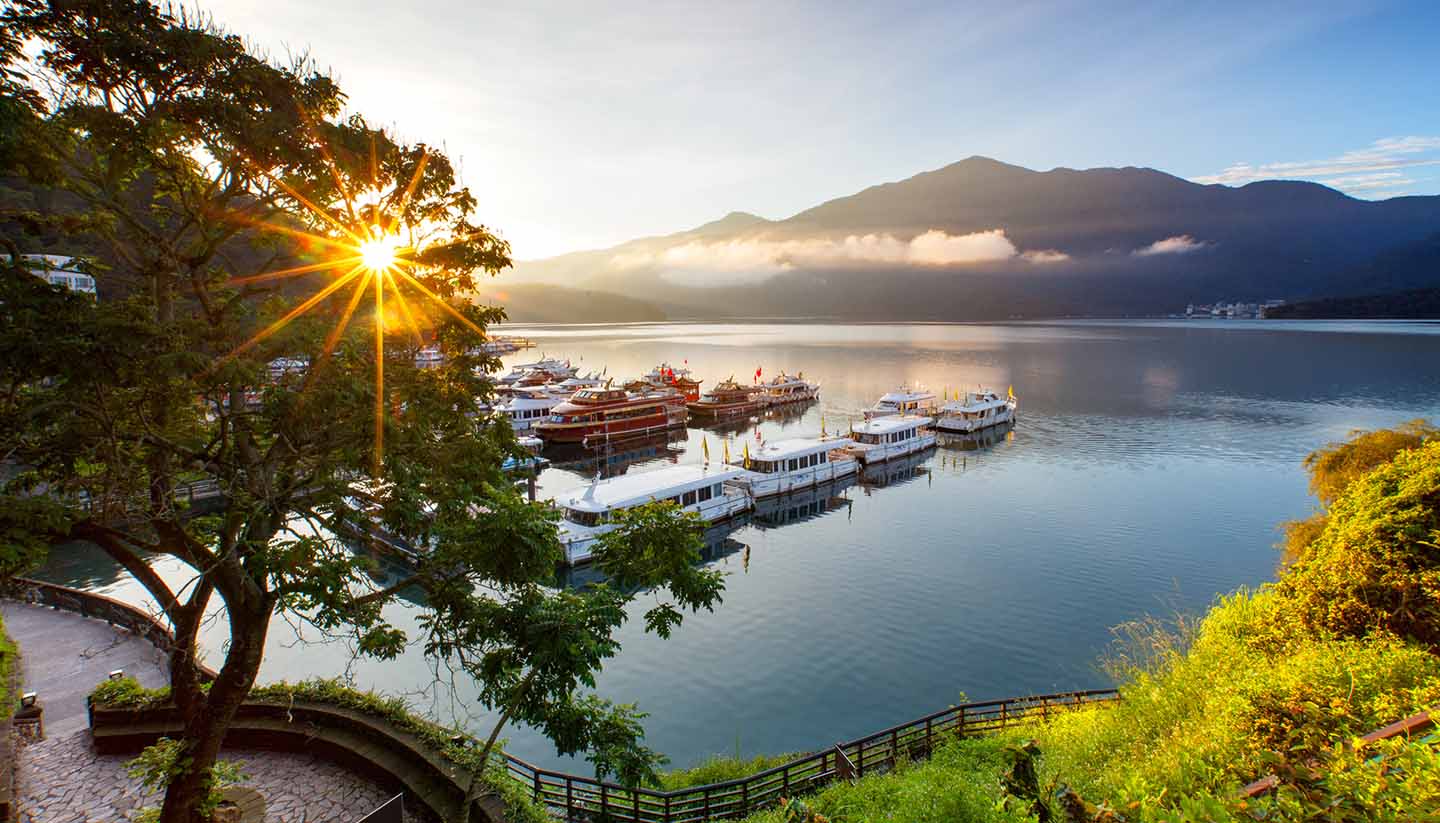Taiwan, a vibrant island nation in East Asia, is a melting pot of cultures and ethnicities. This rich tapestry of diversity has shaped the island’s unique cultural and linguistic heritage. Understanding Taiwan’s ethnic diversity and linguistic landscape provides valuable insight into its history, traditions, and social dynamics.
Ethnic Diversity in Taiwan
Taiwan’s population is composed of several ethnic groups, each contributing to the island’s cultural richness. The primary ethnic groups are the Han Chinese, Indigenous Peoples, and a smaller yet significant number of new immigrants.
Han Chinese: The Han Chinese make up the majority of Taiwan’s population, with origins tracing back to various waves of migration from mainland China over several centuries. This group is further divided into subgroups, primarily the Hoklo and Hakka. The Hoklo, who migrated from Fujian province, are the largest subgroup and have a significant cultural influence on Taiwan. The Hakka, originally from Guangdong and other regions, maintain their distinct language and customs.
Indigenous Peoples: Taiwan’s Indigenous Peoples, also known as the Austronesians, have inhabited the island for thousands of years. There are 16 officially recognized indigenous tribes, including the Amis, Atayal, Paiwan, and Bunun, each with their own unique languages, traditions, and social structures. These tribes primarily reside in the mountainous and eastern regions of Taiwan, preserving their cultural heritage through festivals, crafts, and traditional practices.
New Immigrants: In recent decades, Taiwan has seen an influx of immigrants from Southeast Asia, particularly from countries like Vietnam, Indonesia, and the Philippines. These new immigrants contribute to the island’s multiculturalism and bring diverse languages, cuisines, and traditions, enriching Taiwan’s social fabric.
Linguistic Heritage of Taiwan
Taiwan’s linguistic heritage is as diverse as its ethnic composition. The island is home to multiple languages, including Mandarin, Taiwanese Hokkien, Hakka, and various indigenous languages.
Mandarin: Mandarin, or Standard Chinese, is the official language of Taiwan and is widely spoken across the island. It serves as the primary medium of instruction in schools and is used in government, media, and business. Mandarin’s prominence in Taiwan began during the Japanese colonial period and was solidified after




